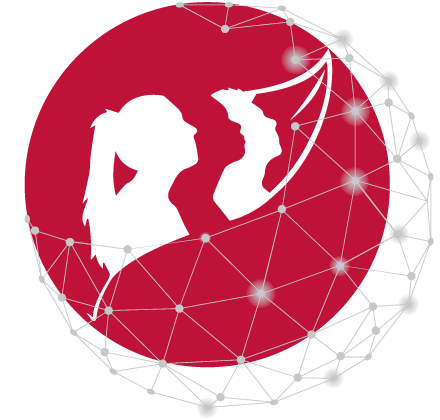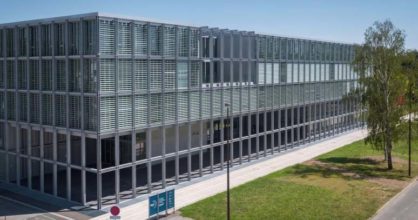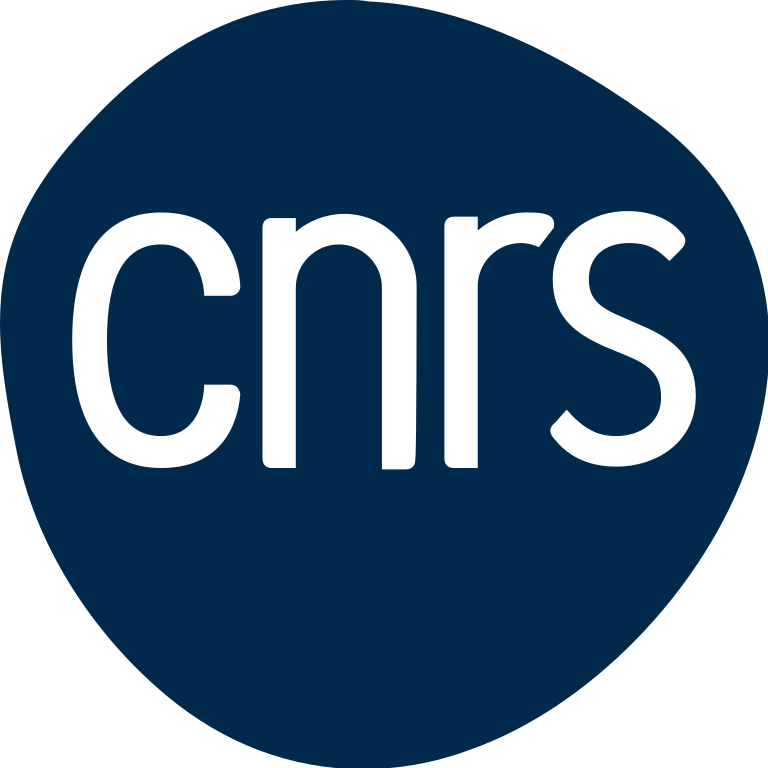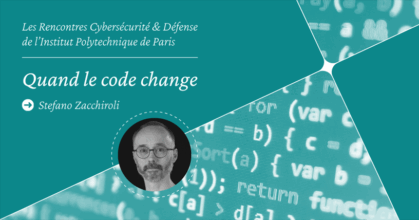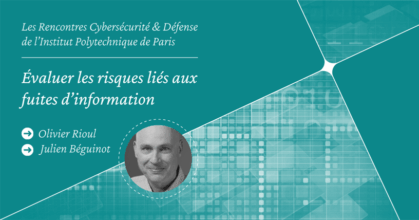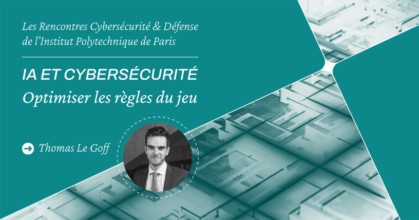The CREST is a joint laboratory (UMR CNRS 9194) on quantitative methods applied to the social sciences, between CNRS, ENSAE Paris, ENSAI Rennes, the Economics dept. at Ecole polytechnique, and the Economics & Social Science dept. at Télécom Paris.
The i3 (« i-cube ») laboratory is a CNRS joint research unit (UMR CNRS 9217) between Mines Paris, École Polytechnique, and the Economics and Social Science department at Télécom Paris.
The LTCI is accredited for the quality of its partnership-based research as part of Institut Carnot Télécom & Société Numérique, in which Télécom Paris is a member. The lab’s research units have been recognized by the HCÉRES for their excellence, through their « outstanding scientific production in both quality and quantity.”
Contacts
CREST and i3
CNRS joint research units
- David BounieHead of the Economic and Social Sciences DepartmentTélécom Parisemailemail
Information Processing and
Communication Laboratory (LTCI)
- Talel AbdessalemDirector of Research, Director of the LTCITélécom Parisemailemail
Latest news

Macro-threats on microarchitectures
Digital Trust, Faculty Members — 28/11/2025Maria Mushtaq, researcher at Télécom Paris and organiser of the MIC-SEC winter school, sheds light on the developments and [...]
When the code changes (IP Paris)
Digital Trust, Faculty Members — 30/10/2025Stefano Zacchiroli is co-founder of the Software Heritage project. Drawing on this global archive of open source software, he offers [...]
Assessing the risks associated with information leaks
PhD, Digital Trust, Faculty Members — 17/10/2025Olivier Rioul and Julien Béguinot, PhD student, use tools from the mathematical theory of communication [...]
AI and cybersecurity: optimizing the rules of the game
Digital Trust, Data Science & AI, Faculty Members — 06/10/2025Thomas Le Goff: AI and cybersecurity are also a matter of regulation, with consequences for [...]
A new policy report on the regulation of data centres in Europe
Digital Economy, Faculty Members — 03/10/2025Over the past 6 months, Thomas Le Goff et al. worked with the Centre on Regulation in Europe (CERRE) [...]
